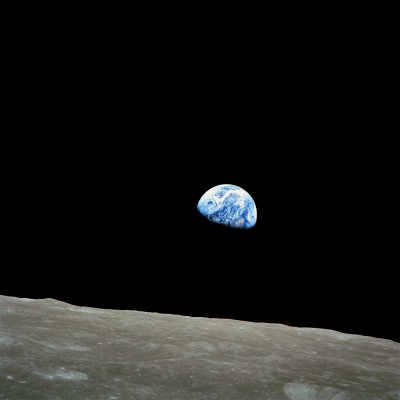A comet that grazed the sun

You might know about comets – cosmic snowballs of frozen gases, dust and rock that orbit the sun. But have you heard about sungrazing comets? A class of celestial objects, sungrazing comets are comets that pass extremely close to the sun at its perihelion or point of closest approach. When we say extremely close, we refer to a few thousand kilometres from the sun’s surface – a small distance on a cosmological scale.
These sungrazing comets have been observed for many hundred years and there is reason to believe that ancient Greeks – philosopher Aristotle and historian Ephorus amongst them – might well have spotted these during their times. sungrazing comets, however, do not lend themselves exactly to be easily observed.
Space-based approach
It is for this reason that only a few sungrazing comets had ever been spotted from ground-based observatories. It was a whole new snowball game altogether from 1979, however, when satellites and space-based observatories started doing our bidding.
The P78-1 satellite, which carried a white-light coronagraph known as SOLWIND, was launched in February 1979 by the U.S. Air Force. Out there to observe and give us insights into solar physics and operational for about five years, SOLWIND’s most important discovery turned out to be a comet.
Masks for corona
While certainly not the first space-based coronagraph, SOLWIND was surely an update on its predecessors. Designed to look at the solar atmosphere and thus monitor activity in the sun’s outer corona, the SOLWIND had a mask or occulting disk. Using this mask, it was able to create the effect of an eclipse artificially, hiding the bright disk of the sun to better observe its corona.
On August 30, 1979, SOLWIND spotted a comet approaching the sun – rather closely than usual – and recorded the data. Delay in analysing the spacecraft data, however, meant that these images were actually seen only a couple of years later.
Shock to surprise
When Naval Research Lab (NRL) scientists Russ Howard, Marty Koomen and Don Michels first looked at the images taken on August 30-31 1979, they were first horrified. On seeing the huge bright streak appear in the data, they first thought that something had happened to the camera, leading to a reflection inside it. Only on further study did they realise that they were actually staring at a feature that was moving and that it was indeed a comet.
It wasn’t long before they figured out that the satellite had captured a sungrazing comet. The Howard-Koomen-Michels comet was the first comet to be discovered by a space-based observatory – a satellite in this case.
Once the floodgates had been opened, it happened repeatedly as observatories in space made discoveries on a regular basis. In fact, they spot new asteroids and comets almost every week! SOLWIND itself was able to discover a number of other comets before it was eventually destroyed by a ground-based missile in 1985 during a planned Air Force exercise.
Naming convention changes
The flurry of discoveries also led to a change in the naming convention as the International Astronomical Union caught up with the fact that satellite discoveries were the norm and not the exceptions. So rather than naming it after the person who identified objects in the image, it is now named after the satellite or survey that found it in the first place. And this meant that comet Howard-Koomen-Michels officially became C/1979 Q1 (SOLWIND). Space observatories that came later have hundreds and thousands of comets named after them.
The Kreutz sungrazers
German astronomer Heinrich Kreutz studied comets that had been observed until then in the 1880s and 1890s.
Apart from figuring out that some of these were sungrazers and some were not, Kreutz was also able to deduce that many of the sungrazers actually follow the same path or orbit.
It was as if these comets were all broken up fragments of a much larger comet from the past. The original comet and its fragments likely broke up repeatedly as they orbited the Sun and approached it closely.
To honour Kreutz’s work, this group of comets was named as the Kreutz sungrazers.
The Kreutz sungrazers get to within about 50,000 km of the sun’s surface, meaning that they reach the lower layers of the solar atmosphere, or the corona.
All the comets discovered by Solwind, including comet Howard-Koomen-Michels, belong to the Kreutz group.
Picture Credit : Google
